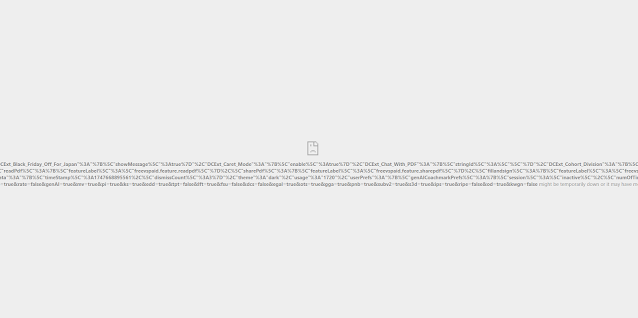System One - Fixing Windows 10 Long Startup Time
In the first case Running Windows 10 1803, after an update in June (though I believe this to be a May patch), the system started taking longer then 10 minutes to boot. This system is big of a black sheep as I required some different software so reinstalling Windows would have been a bit of a pain. Over this period, I re-imaged the system on 3 different SSD's and it seemed to help a little bit but then after a week or two after imaging it would be back to a 10 minute or longer startup. Doing some more digging for this blog post I found this post (though too late for me but someone might find this useful.) A very similar case of the boot up issue I was experiencing I found here https://answers.microsoft.com/en-us/windows/forum/windows_10-update/slow-boot-for-windows-1803/997b3e18-d347-4a8f-93e0-829dd0f6e8d2The Lenovo m93 system I was dealing with had no, additional chipset hardware (such as Nvidia or AMD). Fast boot was disabled, power management was all set to high performance. The symptoms were the same; a long wait to start for Windows boot times. Though I did not remove KB4103721 as I didn't find out about this post after the fact, I started by swapping the SATA SSD in the system and re-imaged the system though this help temporarily alleviate the issue it did return. The eventual solution I used was upgrading the system from 1803 to 1809. It has been over a month now and the system has not had any boot up issues since. To do that without re-imaging I used the Windows 10 Upgrade Assistant. https://www.microsoft.com/en-us/software-download/windows10
If your stuck on 1803 and need to stay on 1803 try remove KB4103721, if your experiencing this boot problem otherwise start planning your upgrade to 1809, that is what worked for me.
System Two - Fixing Windows 10 Start Menu
A friend of mine brought me their laptop because it was running slow; so when I booted it up it was indeed running slow, and I discovered that there were two antiviruses running on the system and that the start menu was also not working. After removing the two AV products, the start menu did not come back to good working order, and I was getting a PIN error when trying to login to windows, even after trying the fixes below.
https://www.techadvisor.co.uk/how-to/windows/fix-start-menu-3623893/
What did work was upgrading them to 1809, now everything seems to be running just fine. https://www.microsoft.com/en-us/software-download/windows10






























